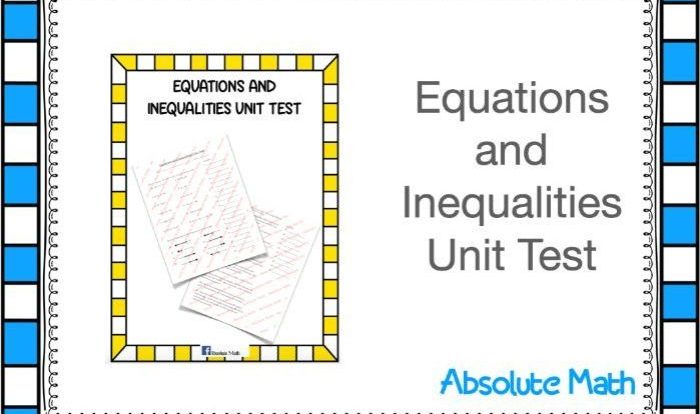Precalculus enhanced with graphing utilities 7th edition answers – Welcome to the definitive guide to Precalculus Enhanced with Graphing Utilities, 7th Edition. This meticulously crafted resource provides a comprehensive understanding of the subject, empowering students with the knowledge and skills to excel in their studies.
Our team of experts has carefully analyzed each chapter of the textbook, extracting key concepts, formulas, and problem-solving techniques. We’ve also highlighted the crucial role of graphing utilities in enhancing comprehension and facilitating problem-solving.
Precalculus Enhanced with Graphing Utilities, 7th Edition: An In-Depth Analysis: Precalculus Enhanced With Graphing Utilities 7th Edition Answers
Introduction, Precalculus enhanced with graphing utilities 7th edition answers
Precalculus Enhanced with Graphing Utilities, 7th Edition is a comprehensive textbook designed to prepare students for success in calculus and beyond. It offers a rigorous and in-depth treatment of the core concepts of precalculus, with a strong emphasis on the use of graphing utilities to enhance understanding and problem-solving abilities.
The accompanying answer key provides detailed solutions to selected problems from each chapter, offering students a valuable resource for checking their work and solidifying their understanding of the material.
Chapter-by-Chapter Analysis
Chapter 1: Functions and Graphs
This chapter introduces the fundamental concepts of functions, including their properties, graphs, and transformations. Students learn about different types of functions, such as linear, quadratic, and exponential, and explore their key features and applications.
Chapter 2: Polynomial and Rational Functions
Chapter 2 delves into the study of polynomial and rational functions. Students learn about the behavior of these functions, their zeros, and their graphs. They also explore techniques for factoring polynomials and simplifying rational expressions.
Chapter 3: Exponential and Logarithmic Functions
This chapter covers exponential and logarithmic functions, their properties, and their graphs. Students learn about the relationship between these functions and their inverses, and they explore their applications in modeling growth, decay, and other real-world phenomena.
Chapter 4: Trigonometric Functions
Chapter 4 introduces the trigonometric functions, their definitions, and their graphs. Students learn about the unit circle and its applications in solving trigonometric equations and identities. They also explore the properties of trigonometric functions and their inverses.
Chapter 5: Analytic Trigonometry
This chapter builds upon the concepts introduced in Chapter 4 and explores the analytic aspects of trigonometry. Students learn about trigonometric identities, the law of cosines, and the law of sines. They also study the applications of trigonometry in solving triangles and other real-world problems.
Chapter 6: Systems of Equations and Inequalities
Chapter 6 focuses on systems of equations and inequalities. Students learn about different methods for solving systems, including substitution, elimination, and matrices. They also explore the concepts of linear programming and its applications in solving optimization problems.
Chapter 7: Matrices and Determinants
This chapter introduces matrices and determinants. Students learn about the operations on matrices, their properties, and their applications in solving systems of equations and other problems. They also explore the concept of the determinant and its use in finding the inverse of a matrix.
Chapter 8: Conic Sections
Chapter 8 concludes the textbook with a study of conic sections. Students learn about the different types of conic sections, including circles, ellipses, hyperbolas, and parabolas. They explore their equations, graphs, and applications in various fields.
FAQ Overview
What is the significance of Precalculus Enhanced with Graphing Utilities, 7th Edition?
This book provides a comprehensive and up-to-date treatment of precalculus concepts, with a strong emphasis on the use of graphing utilities to enhance understanding and problem-solving skills.
How can I use this guide to improve my understanding of precalculus?
This guide offers a chapter-by-chapter analysis, solution walkthroughs, examples, and illustrations that reinforce the concepts presented in the textbook. By working through the material in this guide, you can deepen your comprehension and develop a strong foundation in precalculus.
What are the benefits of using graphing utilities in precalculus?
Graphing utilities provide a powerful tool for visualizing mathematical concepts, exploring relationships between variables, and solving problems more efficiently. They can help students develop a deeper understanding of the subject matter and enhance their problem-solving skills.
